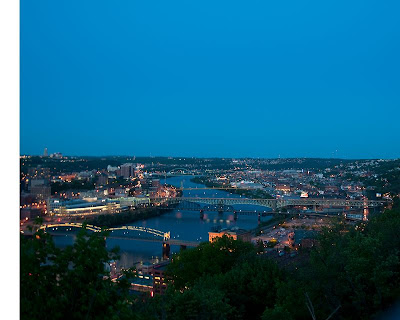The Library Place
The book group met at my house last night. Two people sat on our sagging blue couch, the other two in the faded wing chairs, the ones that belonged to Tom’s parents so many years ago. I pulled the rocking chair over to the far end of the coffee table, which gave me an unaccustomed vantage point — staring straight at the built-in bookshelves, our pride and joy.
I think about the part books have played in the life of our home, the schoolbooks and novels, the histories and poetry, our old college books and now our children’s, too.
And then there’s the “library place,” the shelf of a hutch so named because it’s where we put library books that need to be returned. In the enchanting shorthand of family conversation, the library place has become a repository for anything that needs to be protected or preserved: retainers, driver’s licenses, a pile of downy parakeet feathers.
It still serves as family safe — a spot once meant for books that now holds other precious cargo.
I can’t find a picture of the library place. This shot of my bedside table will have to do. There’s always danger of an avalanche.

